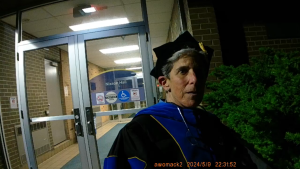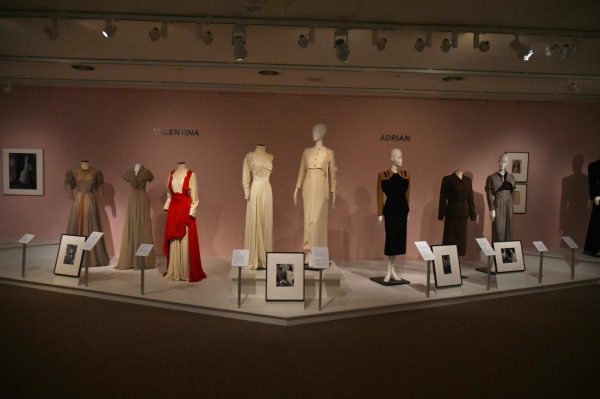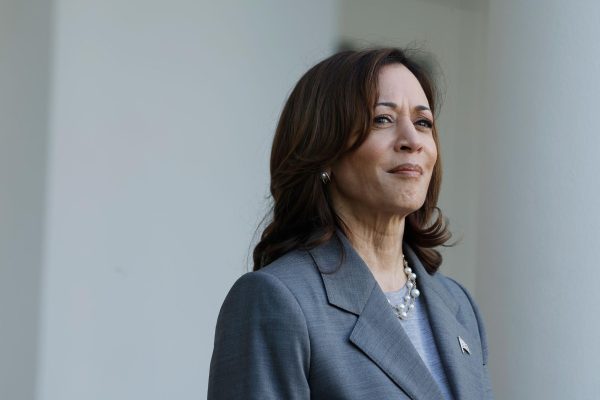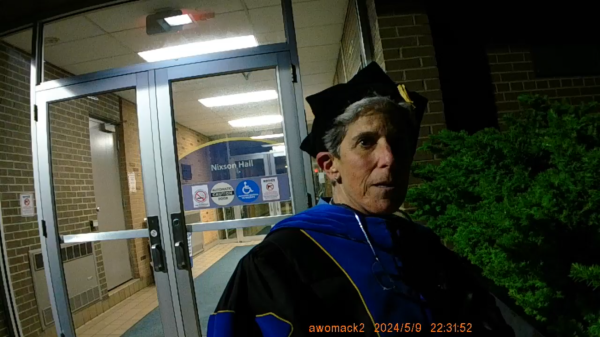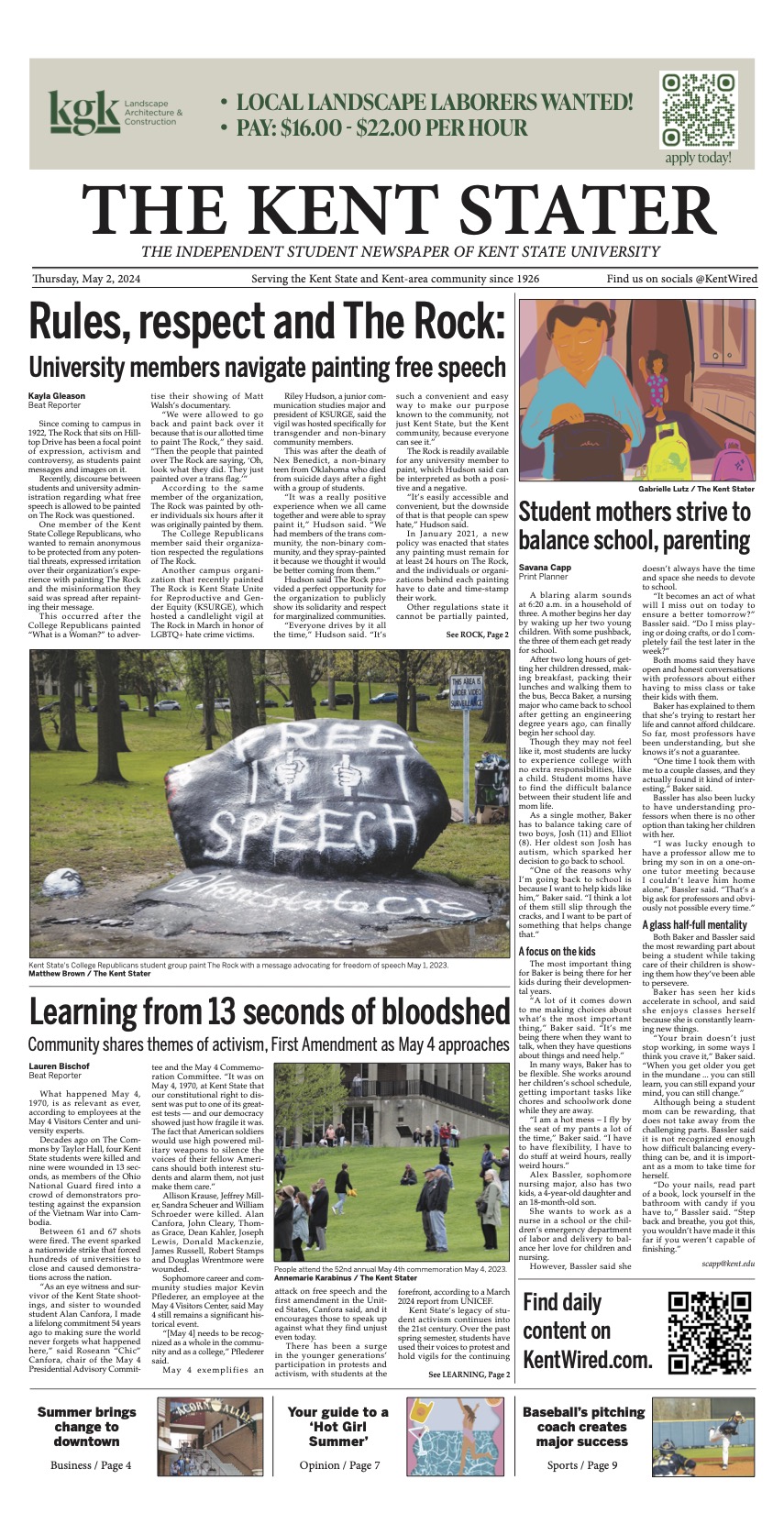Committee considers updates
May 3, 2007
More radio monitors to be added on campus
In case of emergency, stay clam and wait for directions.
That’s what students, faculty and staff should do in such a situation – and it’s number one on the list of priorities for the Public Safety Advisory Committee.
John Peach, director of public safety, said Kent State is fortunate enough to have had an emergency plan longer than most public universities in the country.
“It’s modeled after Ohio’s plan,” he said. “We’re trying to update it to make it more reader friendly.”
Peach said updates have been attempted annually since 1989.
At the committee meeting Monday afternoon, he talked about the Critical Incident Management System, which allows the Kent State Police Department to alert the campus if an emergency situation arises.
The system consists of radio alert monitors that are placed in buildings around campus. If an emergency is called in, the dispatcher composes a script of instructions to be read over the 100 monitors that are placed around campus.
“We do have the capability to send mass e-mails to kent.edu addresses, but it takes at least 20 minutes to do,” Peach said. “The monitors are really the backbone of the emergency alert system.”
Plans to add more monitors around campus are currently underway, and Peach hopes to eventually be able to have one on each floor of every building. Right now, the 100 monitors are distributed evenly throughout campus.
“We work with the building curators, who are in charge of the monitors,” he said. “Where to put it depends on the building and its function. For example, each dorm area desk has one.”
Tim Smith, professor in the School of Journalism and Mass Communication, said one of the monitors resides in Room 204 of Taylor Hall, which is the office of the College of Arts and Sciences.
“It goes off quite frequently and quite loudly when it’s tested,” he said.
Each monitor is left in the hands of the building curator. When an emergency situation arises, either the curator or another designated person is to alert others in the building and follow the directions he or she hears.
Smith said this is where problems may occur.
“I see obvious holes in the system,” he said. “If they follow instructions that say to lock down and stay where you are, how will everyone else know what to do?”
Another problem Peach said he has seen is that during monitor check-ups, many are found to be unplugged or put away.
Sheryl Smith, associate dean of enrollment management and student affairs, said she had no previous knowledge of the monitors’ existence.
“This news of the radios is new news to me, so it’s probably going to be new news to other people,” she said. “Maybe we should get a list out there of where they are placed, so we know who is getting the incoming information during emergencies.”
Peach agreed with the idea of letting people know about the monitors.
“Education about the monitors is important,” he said. “We have to refine our education so that we know who’s in charge of what – who’s running the show.”
Contact minority affairs reporter Elise Franco at [email protected].








